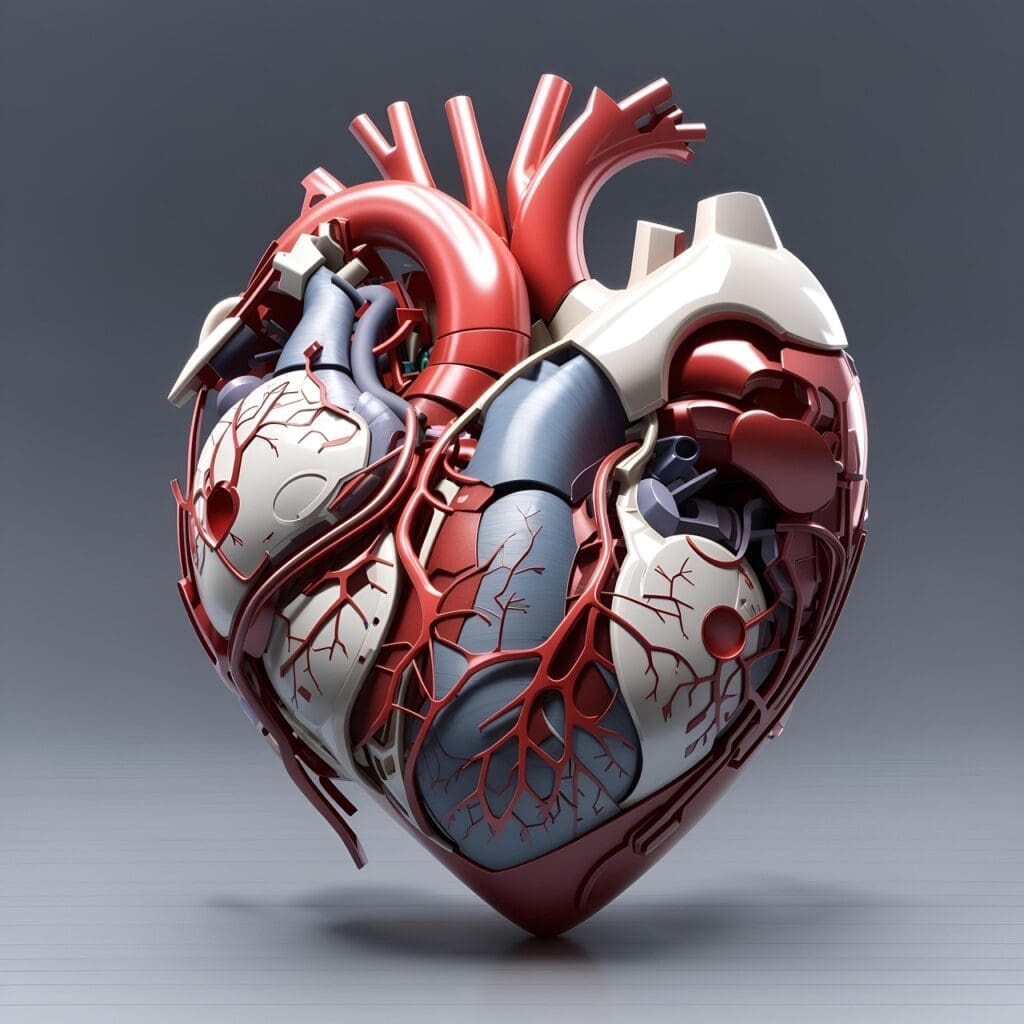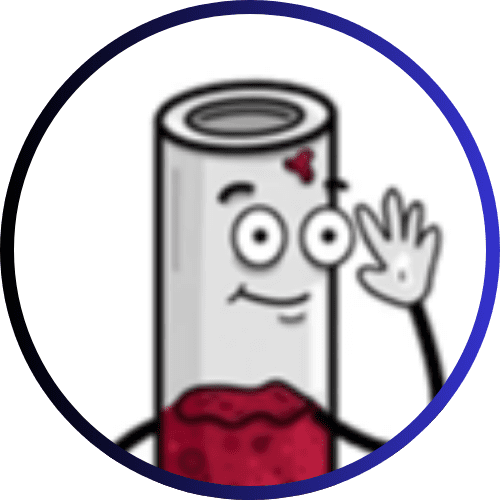Map of the heart supports healing options after heart attack
Researchers from WĂŒrzburg and Freiburg have created a high-resolution molecular heart atlas and can now show how immune and connective tissue cells control scar formation after a heart attack. In the future, this knowledge could be used to specifically support healing after a heart attack.
“Our molecular cell atlas shows how different cell types communicate with each other during heart repair and control healing,” explains Professor Dominic GrĂŒn, Head of the Chair of Computational Biology of Spatial Biomedical Systems and Director at the Institute of Systems Immunology at the University of WĂŒrzburg. “It provides an important basis for future studies to prevent excessive scarring after a heart attack and to maintain the pumping function of the heart muscle.”

The team combined state-of-the-art analytical methods â single-cell RNA sequencing and spatial transcriptomics â and discovered that certain immune cells, so-called macrophages, control the connective tissue cells and thus prevent excessive scarring. “This knowledge opens up new possibilities to specifically promote heart healing, for example by activating specific signaling pathways,” says Dr. Andy Chan, lead author of the study and postdoc in Dominic GrĂŒn’s group.
Original Paper:
Andy Shing-Fung Chan, Joachim Greiner, Lisa MarschhĂ€user, TomĂĄs A. Brennan, Stefanie Perez-Feliz, Ankit Agrawal, Helene Hemmer, Katrin Sinning, Jennifer Wing Lam Cheung, Zafar Iqbal, Alexander Klesen, Tamara Antonela Vico, Julieta Aprea, Ingo Hilgendorf, Thomas Seidel, Martin Vaeth, Eva A. Rog-Zielinska, Peter Kohl, Franziska Schneider-Warme & Dominic GrĂŒn: ” Spatiotemporal dynamics of the cardioimmune niche during lesion repair”; in Nature Cardiovascular Research, DOI: 10.1038/s44161-025-00739-6
Editor: X-Press JournalistenbĂŒro GbR
Gender Notice. The personal designations used in this text always refer equally to female, male and diverse persons. Double/triple naming and gendered designations are used for better readability. ected.




